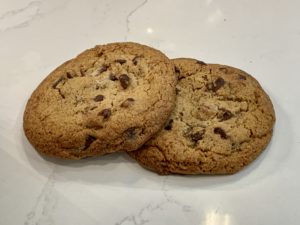As we discussed yesterday, there are 3 main things driving us to overeat:
- Overhunger
- Overdesire
- Eating for emotional reasons (whether consciously or on autopilot
The solution to your overeating has to address all 3 of these components, or it will not work in the long term. For this week, I’ll be writing bite-sized posts addressing the first of these three components: overhunger.
Lesson 1: avoid refined grains and added sugars.
 Eating a lot of high glycemic load foods, or foods high in simple carbohydrates liked refined grains (e.g., white rice or flour-based foods like bread, crackers, or pasta) or sugars that are easily digested and absorbed into the bloodstream, can lead to the release of constant high levels of insulin in response to the higher blood glucose level, and the eventual development of insulin resistance. Insulin resistance occurs when your body sees high levels of insulin all the time and starts to down-regulate its insulin receptors in response to the constant stimulation, ultimately making you need even higher levels of insulin to do the same job. Insulin’s job is to remove glucose from your blood and put it into cells for use as energy or turned into fat for energy storage. When your body’s cells aren’t seeing the effects of insulin working on them (whether it’s because your insulin level is actually low because you haven’t eaten in a while and your blood sugar is low, or because you have insulin resistance and the higher levels of insulin in your blood aren’t being recognized), your body thinks you must be low on blood sugar/fuel and therefore need to eat to get some energy: so it creates hunger to get you to eat. Lethargy after eating, constant sugar cravings, and feeling hungry just an hour or two after eating are all signs of possible insulin resistance, and the way to reverse this condition is to mostly avoid eating the foods that raise insulin levels the most: high glycemic load foods, like added sugars (sweetened beverages like sweet tea, soda, or fruit juice, candy, cookies, and pastries, ice cream, honey, agave syrup, maple syrup, etc.) and foods made from refined grains (white rice, bread, crackers, pasta, tortillas, breakfast cereals, and other foods made with flour). If you eat these foods regularly and then decide to stop, after a period of withdrawal (likely several weeks) where you may feel hungry all the time and have intense cravings for these foods, your body will eventually adjust to your new lower glycemic diet, and the lower levels of insulin required to process your food will allow your insulin receptors to start to normalize. Along with this will come sweet relief from the constant hunger you’ve been experiencing.
Eating a lot of high glycemic load foods, or foods high in simple carbohydrates liked refined grains (e.g., white rice or flour-based foods like bread, crackers, or pasta) or sugars that are easily digested and absorbed into the bloodstream, can lead to the release of constant high levels of insulin in response to the higher blood glucose level, and the eventual development of insulin resistance. Insulin resistance occurs when your body sees high levels of insulin all the time and starts to down-regulate its insulin receptors in response to the constant stimulation, ultimately making you need even higher levels of insulin to do the same job. Insulin’s job is to remove glucose from your blood and put it into cells for use as energy or turned into fat for energy storage. When your body’s cells aren’t seeing the effects of insulin working on them (whether it’s because your insulin level is actually low because you haven’t eaten in a while and your blood sugar is low, or because you have insulin resistance and the higher levels of insulin in your blood aren’t being recognized), your body thinks you must be low on blood sugar/fuel and therefore need to eat to get some energy: so it creates hunger to get you to eat. Lethargy after eating, constant sugar cravings, and feeling hungry just an hour or two after eating are all signs of possible insulin resistance, and the way to reverse this condition is to mostly avoid eating the foods that raise insulin levels the most: high glycemic load foods, like added sugars (sweetened beverages like sweet tea, soda, or fruit juice, candy, cookies, and pastries, ice cream, honey, agave syrup, maple syrup, etc.) and foods made from refined grains (white rice, bread, crackers, pasta, tortillas, breakfast cereals, and other foods made with flour). If you eat these foods regularly and then decide to stop, after a period of withdrawal (likely several weeks) where you may feel hungry all the time and have intense cravings for these foods, your body will eventually adjust to your new lower glycemic diet, and the lower levels of insulin required to process your food will allow your insulin receptors to start to normalize. Along with this will come sweet relief from the constant hunger you’ve been experiencing.
Next up, lesson 2 to help keep hunger at bay!

